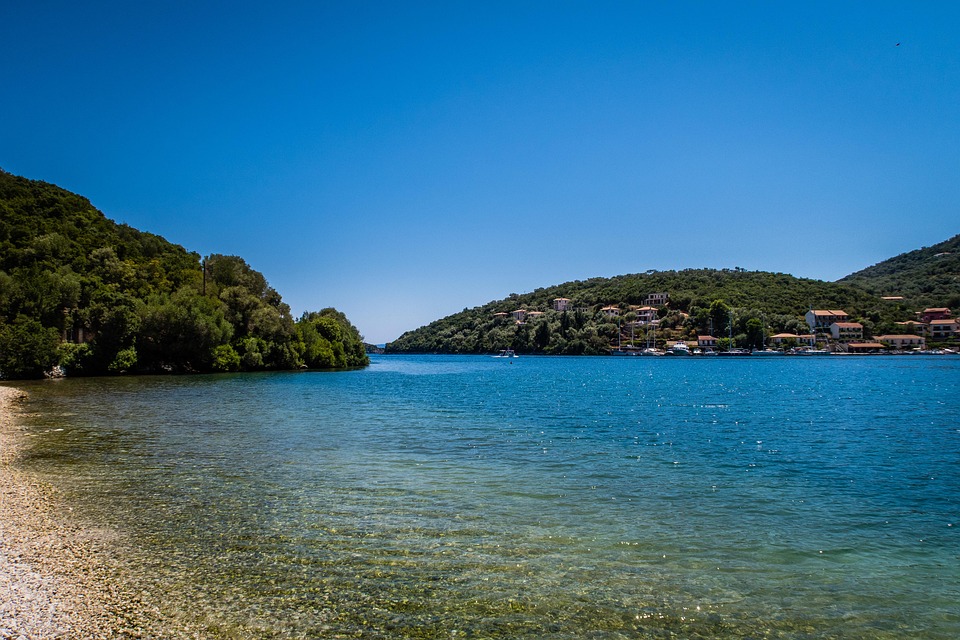Spain has the highest life expectancy in the European Union, and every year it tops the lists as one of the countries with the highest life expectancy in the world. Japan, Italy, and Singapore, to name just three of the usual suspects, are generally among the top contenders.
Several factors contribute to this, including the National Health System, the Mediterranean diet, Spain's geographical location, the climate... and, of course, genetics. Furthermore, a
study conducted by the University of Washington and published in the prestigious journal The Lancet places Spain at the forefront of global life expectancy for 2040, with an average life expectancy of almost 86 years. In any case, as we discussed in a
previous article , it's not simply about living longer for the sake of it, but about maintaining and extending quality of life as much as possible and avoiding becoming a patient with multiple health conditions. The key lies in prevention. Sowing today to reap tomorrow. And this is precisely what they do in certain areas where not only do some of the longest-living people on the planet reside, but they also stand out for reaching very advanced ages while remaining physically and mentally youthful. What do they do to achieve this? - The Blue Zones. Dan Buettner identified five regions of the planet, which he called Blue Zones, where inhabitants experience extreme longevity and remain active throughout their lives. While each of these zones has its own unique lifestyle characteristics, they all share several common behaviors: They engage in regular moderate physical activity (i.e., practically daily). Social and family life is highly valued. Special care is given to the elderly, and efforts are made to constantly strengthen family bonds. Smoking and other harmful habits are very rare. They follow a varied diet rich in vegetables, fruits, grains, and legumes, with meat and fish comprising approximately 10 to 20% of their diet and reserved for celebrations and special occasions. The consumption of processed and ultra-processed foods is virtually nonexistent, and sugar and salt intake is very low. Although they consume little meat, when they do, it is high-quality meat: no sausages, no cold cuts, no processed meats. When they eat fish, they usually consume small varieties from local fisheries, in which the accumulation of mercury or chemical agents is minimal. They eat legumes daily: chickpeas, lentils, beans, and kidney beans. Nuts, especially walnuts, almonds, and pistachios, play an important role in their diet. When they eat bread, it is usually made with sourdough and whole grains. Water is their main beverage. Occasionally, they drink tea, wine, or coffee. They rarely consume soft drinks or high-proof alcoholic beverages. They tend to prepare their own food, avoiding processed or pre-cooked foods. In addition to all these common characteristics, each of these areas has its own particularities.









